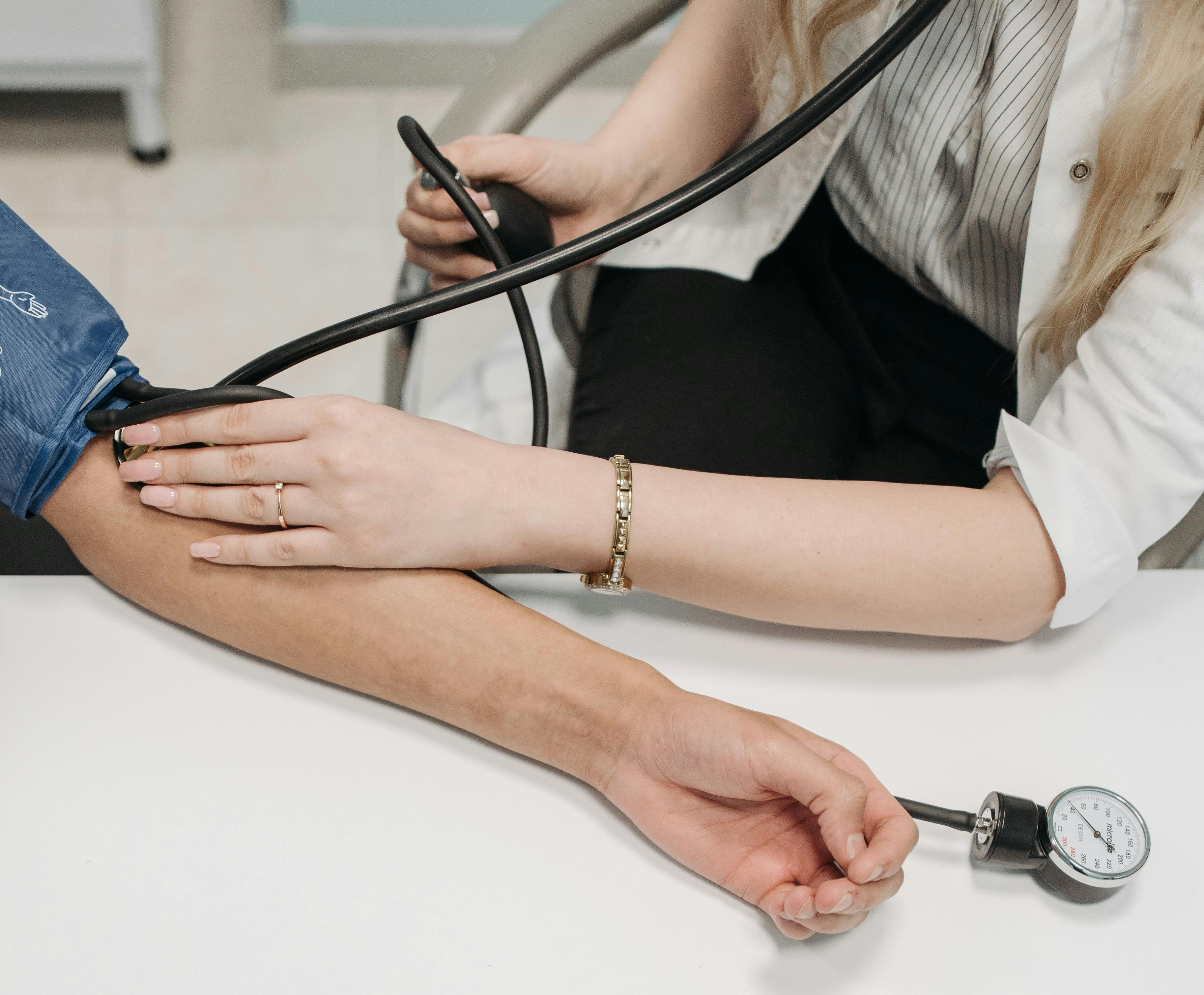
Hypertension Help Lowering Blood Pressure with Everyday Nutrition
You don’t need a complicated meal plan or a cabinet full of supplements to manage high blood pressure. Sometimes, it really does start with what’s on your plate—and how consistently you support your body with the right habits.
Hypertension (a.k.a. high blood pressure) is incredibly common, but it doesn’t have to be your new normal. With the right food, movement, and mindset, it’s often possible to bring those numbers down naturally—and feel better in the process.
Let’s break it down.
What Is Hypertension?
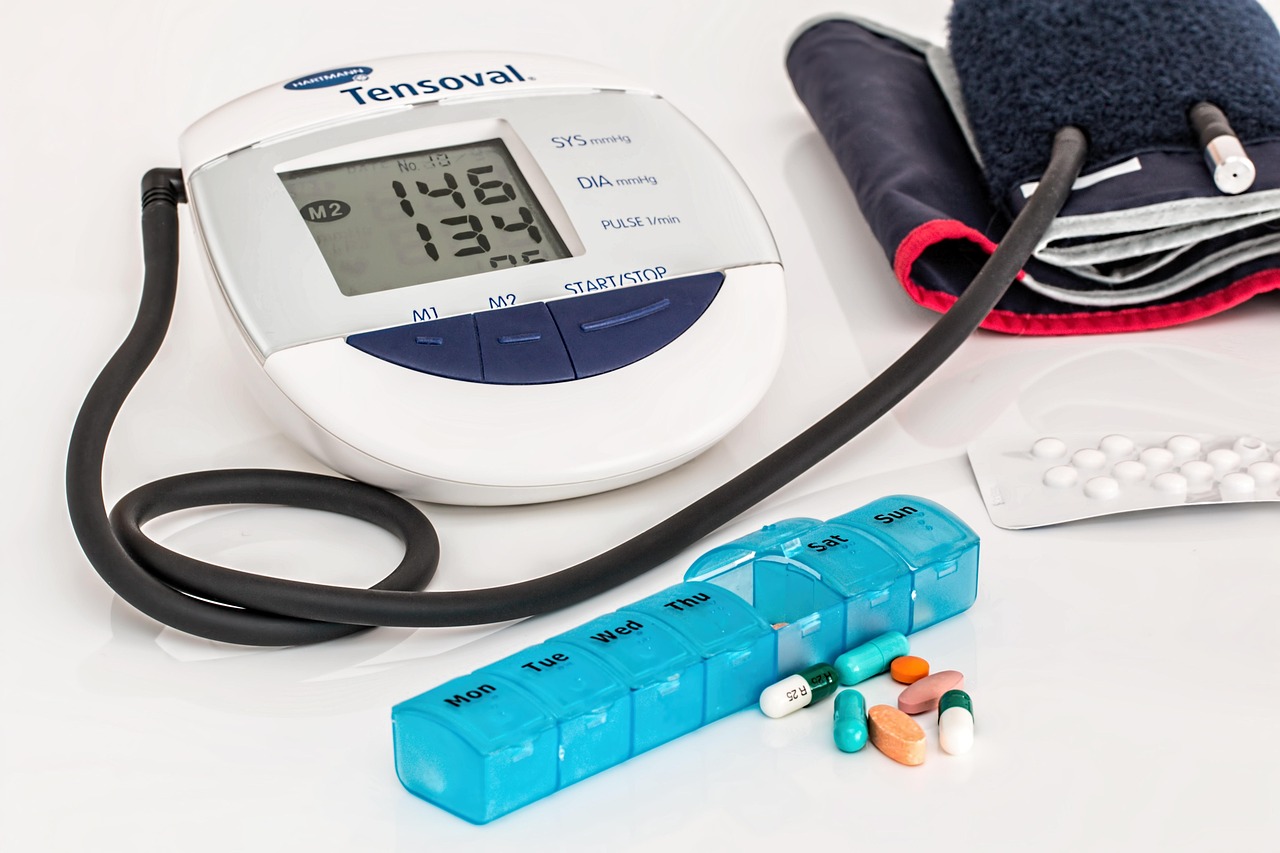
Your blood pressure is the force of your blood pushing against the walls of your arteries. When that pressure is consistently high, it means your heart has to work harder than it should.
Over time, this can quietly damage your heart, kidneys, brain, and blood vessels—without you even feeling it. That’s why it’s often called the “silent killer.” and it’s third leading killer in the world
Common Signs & Symptoms



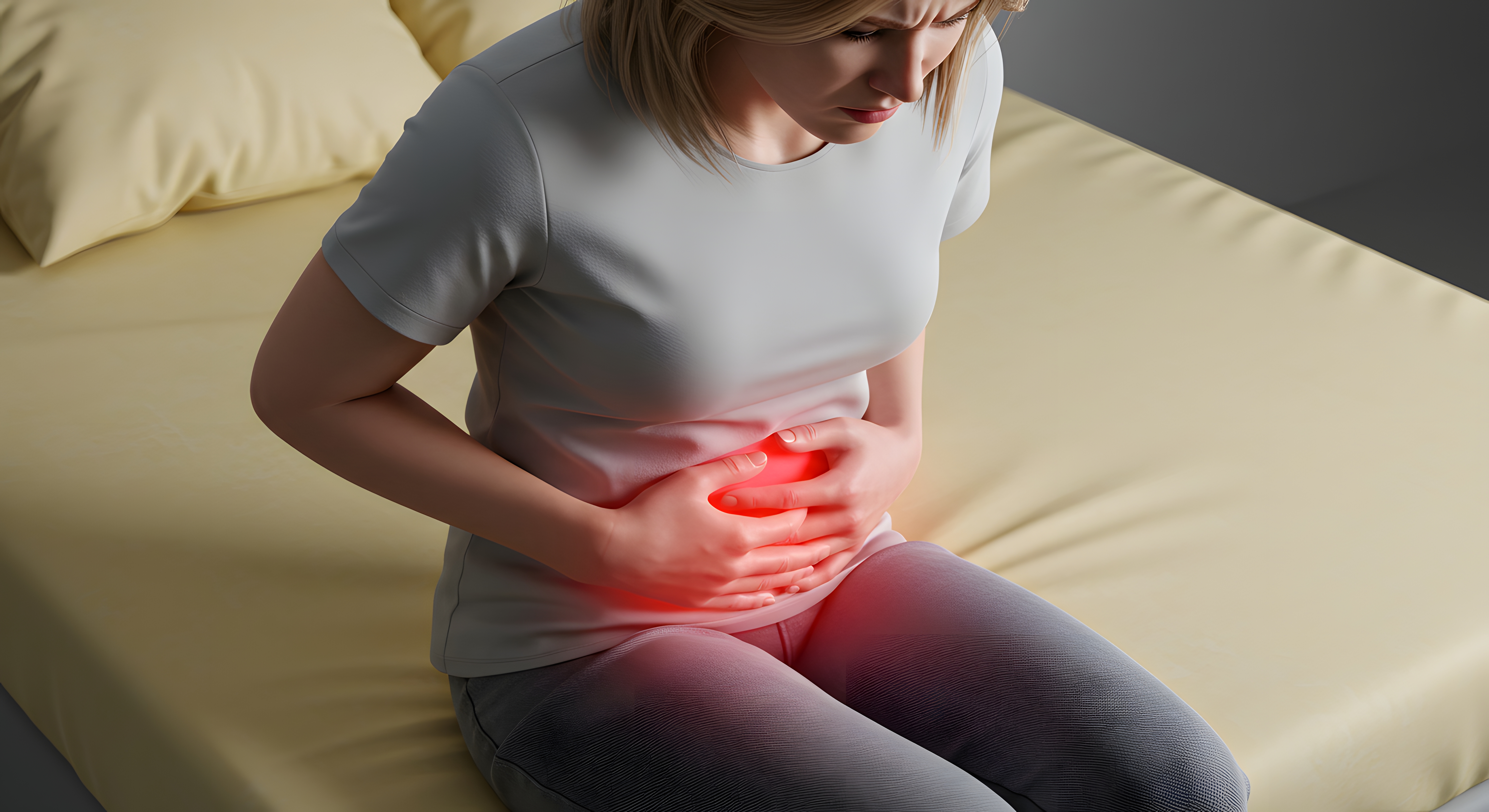




While many people have no symptoms at all, some may experience:
- Frequent headaches
- Dizziness or light-headedness
- Shortness of breath
- Blurred vision
- Nosebleeds
- Chest discomfort
- Fatigue or irritability
- Failing memory
- Gastrointestinal disturbances
If these show up often—or if high BP runs in your family—it’s worth getting checked regularly.
What Causes Blood Pressure to Rise?
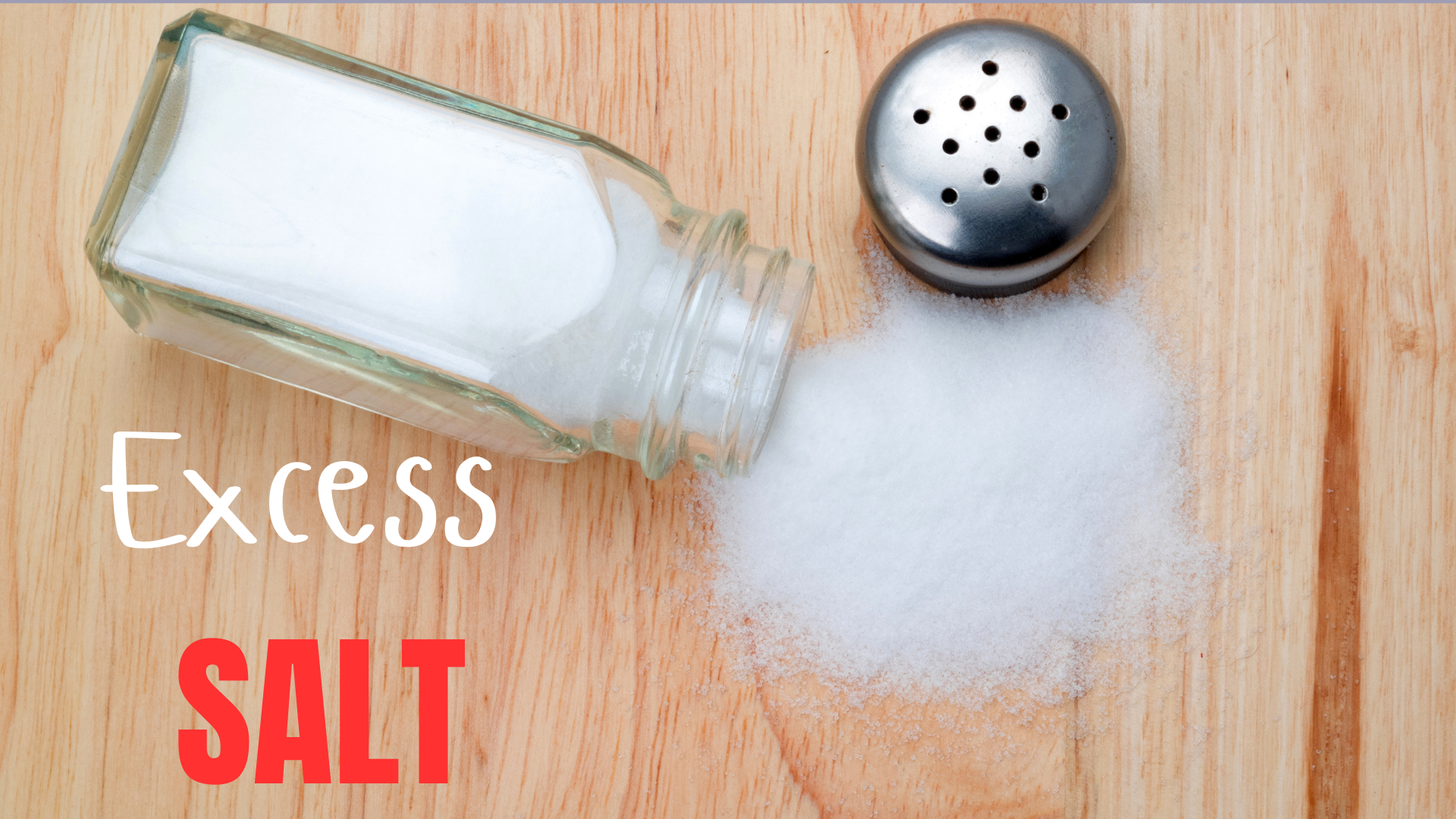
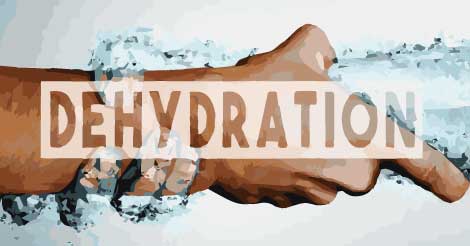
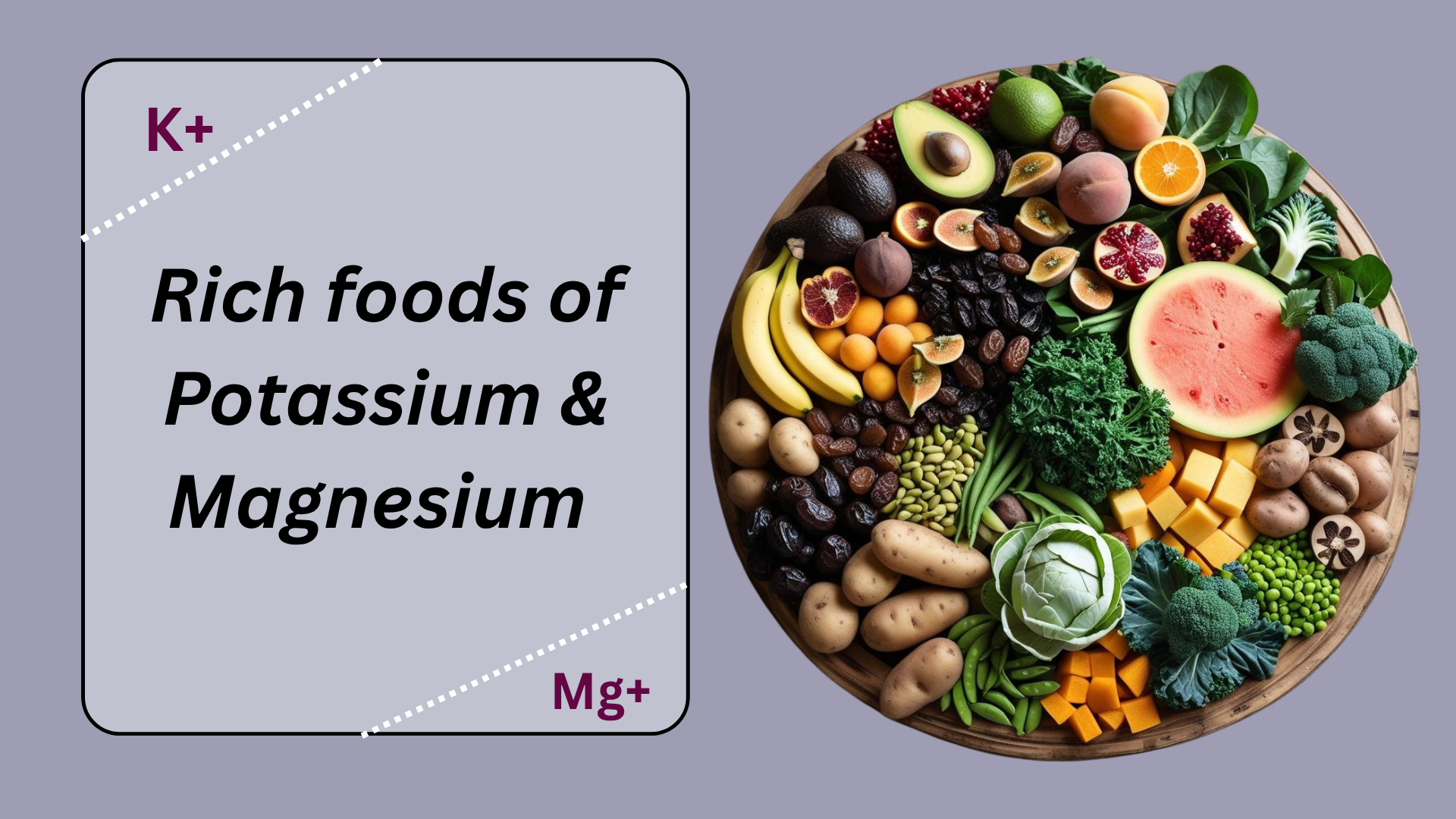


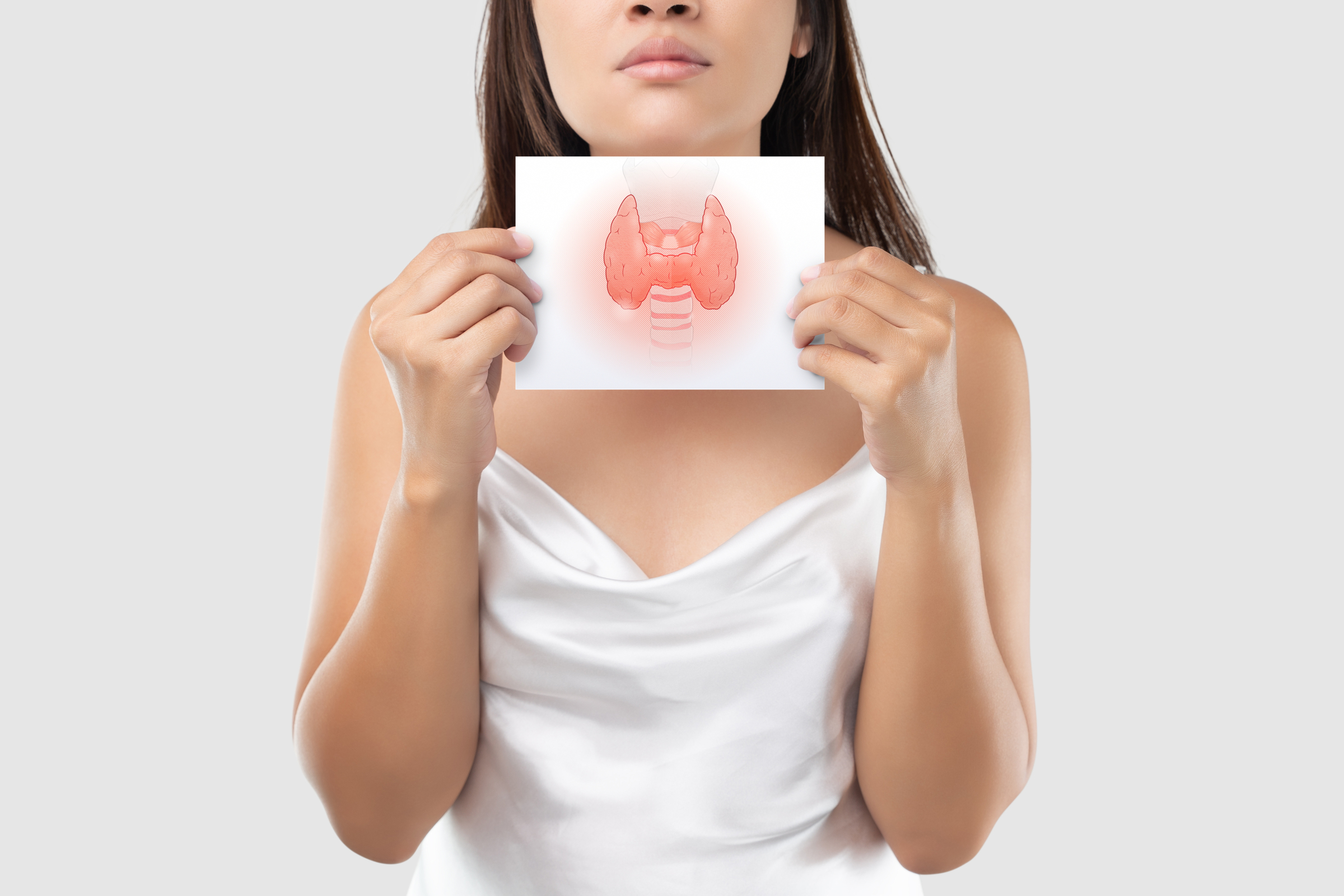






A lot of things can push blood pressure up:
- Excess salt in the diet
- Dehydration
- Low intake of minerals like potassium and magnesium
- High stress
- Poor sleep
- Excess alcohol or caffeine
- Smoking
- Lack of physical activity
- Hormonal imbalances
- Being overweight, especially around the belly
- Cardiovascular disease
- Hypothyroidism
The good news is, many of these are changeable. Especially what you eat
Hypertension stands out by the way it’s mapped through the rise and fall of systolic and diastolic rhythms.
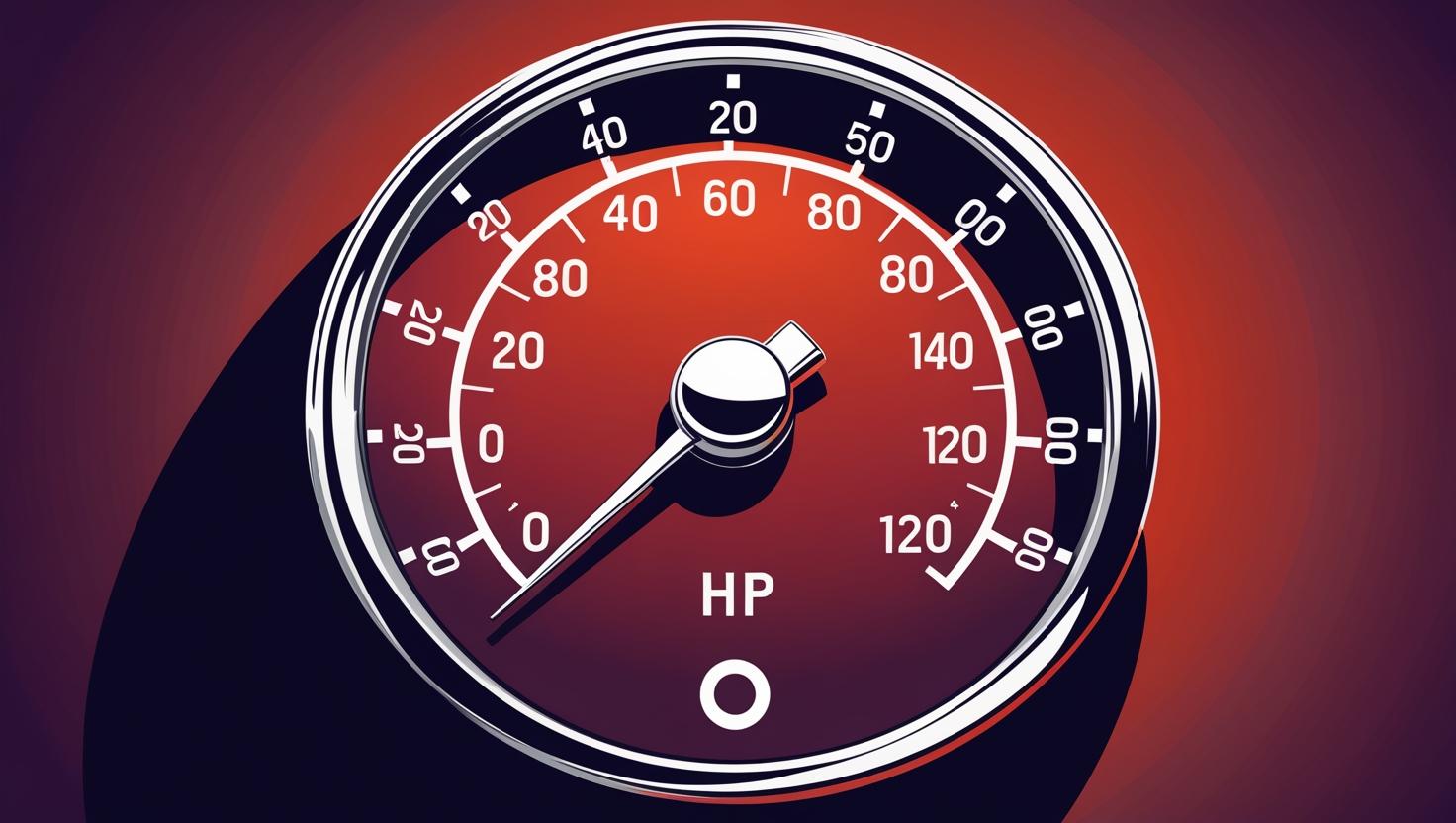
- Mild hypertension: Diastolic pressure 90 to 140 mm Hg
- Moderate hypertension: Diastolic pressure 105 to 119 mm Hg
- Severe hypertension: Diastolic pressure 120 to 130 mm Hg and above.
How Nutrition Helps (And Why It’s the First Place to Start)
Your food doesn’t just fuel your body—it shapes your blood pressure. The right combination of nutrients can help relax blood vessels, reduce inflammation, support kidney function, and even regulate fluid balance.
Here’s how to make it happen:
1. Reduce Sodium—Without Losing Flavor
Too much salt pulls water into your blood vessels, increasing pressure inside. But lowering sodium doesn’t mean everything has to taste like cardboard.
What helps:
- Cook more meals at home using fresh ingredients
- Limit packaged snacks, soups, and ready-to-eat meals
- Swap table salt for garlic, herbs, spices, lemon juice, vinegar, and roasted spices
- Check food labels—many “healthy” foods hide a lot of sodium
2. Add More Potassium-Rich Foods
Potassium is like a pressure-balancing mineral. It helps your body flush out excess sodium and relax blood vessel walls.
Potassium-rich foods include:
- Cooked spinach, sweet potatoes, and pumpkin
- Bananas, pomegranate, and coconut water
- Beans, lentils, and peas
- Yogurt, if dairy suits you
(Note: If you have kidney issues, talk to a health professional before loading up on potassium.)
3. Support Your Minerals: Magnesium and Calcium
These two minerals play key roles in regulating blood pressure, muscle function, and heart rhythm.
Smart sources:
- Nuts and seeds (especially almonds, pumpkin seeds, sesame)
- Leafy greens like amaranth, spinach, and moringa
- Millet, ragi, and other whole grains
- Legumes like chickpeas and kidney beans
- Fortified plant-based milks or fermented dairy, if tolerated
4. Watch the Sugar and Refined Carbs
Sugar may not seem related to BP, but excess intake can trigger inflammation, insulin resistance, and weight gain—all of which affect your heart health.
What to limit:
- Sugary beverages
- Packaged sweets and breakfast cereals
- White breads and refined flours
- Too many “low-fat” processed foods (often high in hidden sugars)
What to favor instead:
- Whole fruits
- Naturally sweet root vegetables
- Whole grains
- Healthy fats to balance your blood sugar and cravings
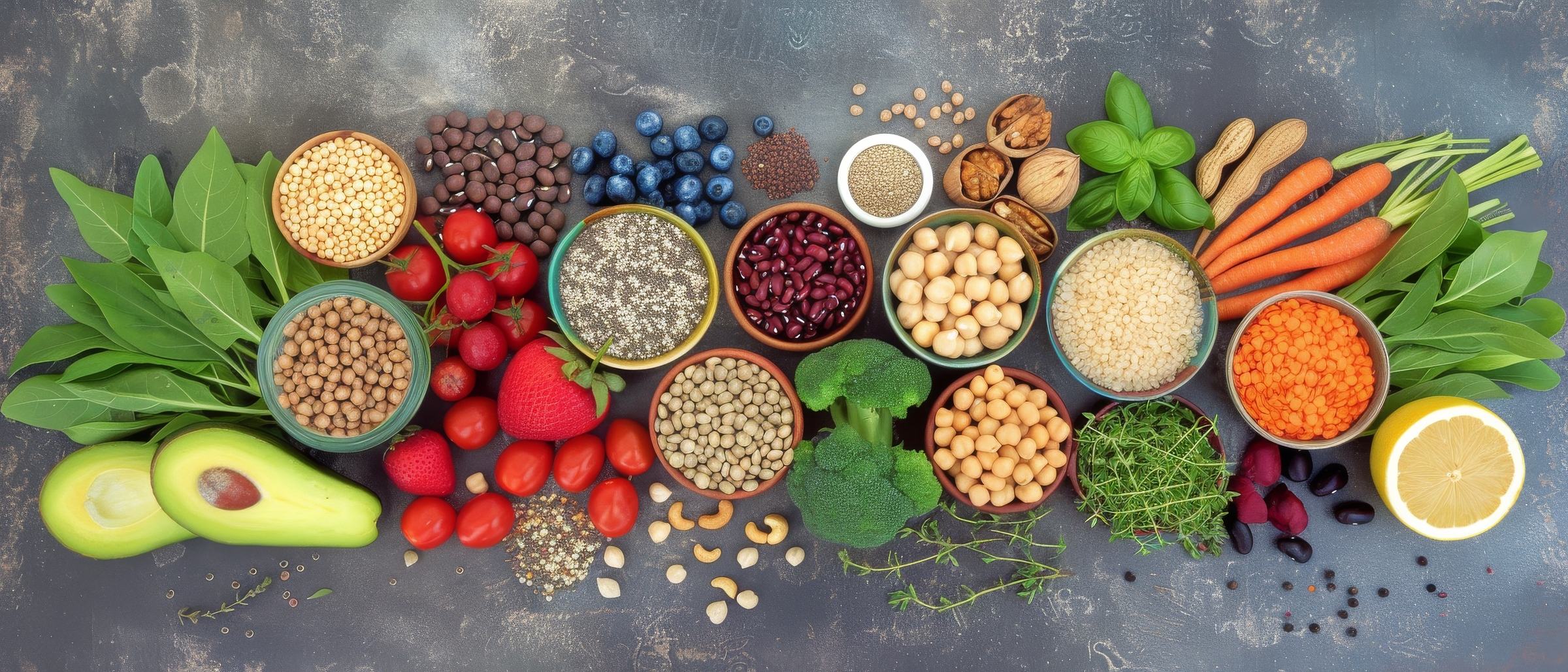
5. Hydrate Generously
Your kidneys and blood vessels function best when you’re well-hydrated. Even mild dehydration can raise blood pressure.
- Sip water throughout the day
- Add tulsi leaves, mint, or lemon if you need variety
- Limit fizzy, sugary, or heavily caffeinated drinks
6. Be Smart About Stimulants
Caffeine and alcohol can both raise blood pressure temporarily. If your body is sensitive, you might notice palpitations or pressure spikes after consumption.
What to try:
- Cut back slowly and notice how your body responds
- Replace one coffee with herbal tea like hibiscus, which has BP-lowering potential
- Space out alcoholic drinks and avoid binge-style drinking
7.Don't Ignore the Extras (That Aren’t So Extra)
Nutrition is the foundation—but other habits matter just as much.
- Move your body daily: Walking, stretching, light cardio
- Sleep well: Poor sleep = stressed body = elevated pressure
- De-stress consciously: Breathing exercises, journaling, music, or anything that helps you unwind
- Stay consistent: BP improves over time with repeated effort, not overnight perfection
Final Thoughts: Food Is Your First Line of Defense
You don’t need to follow a named diet, overhaul your life overnight, or fear food. Small, intentional changes in what you eat—and how you care for your body—can significantly lower your blood pressure over time.
Think of food as your ally, not your enemy. With the right choices, your meals can become daily medicine.
If you’re ready to take charge of your blood pressure, I’d love to help you build a personalized plan rooted in nutrition, rhythm, and long-term ease.
